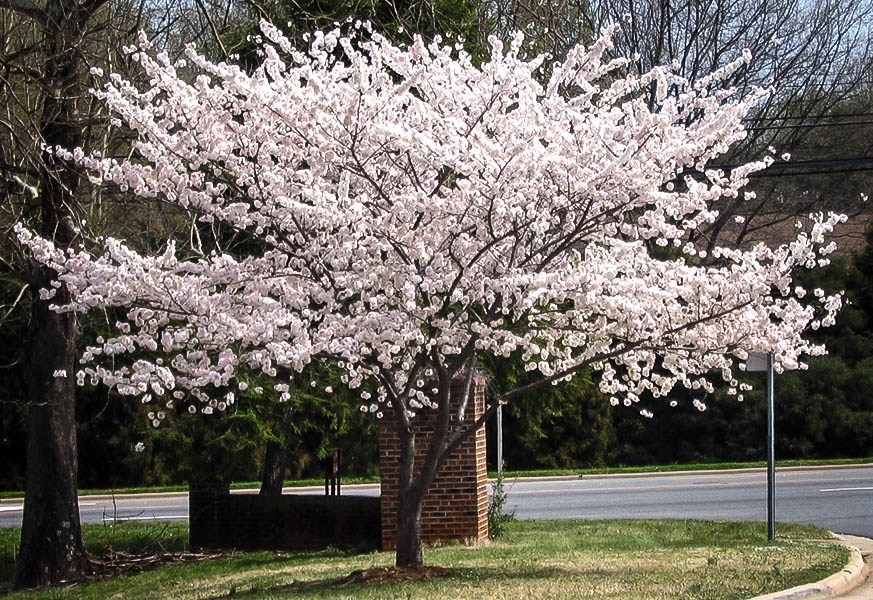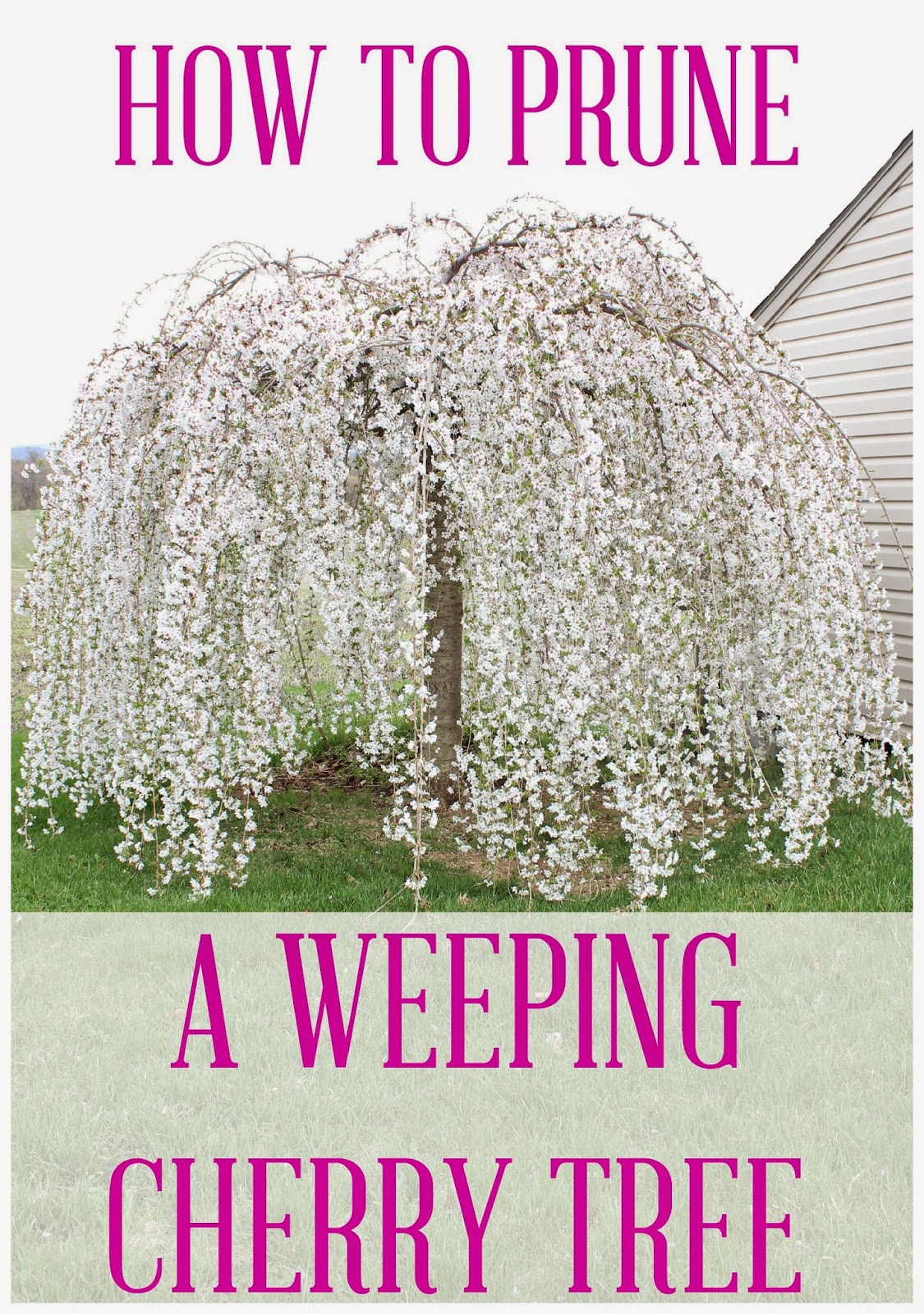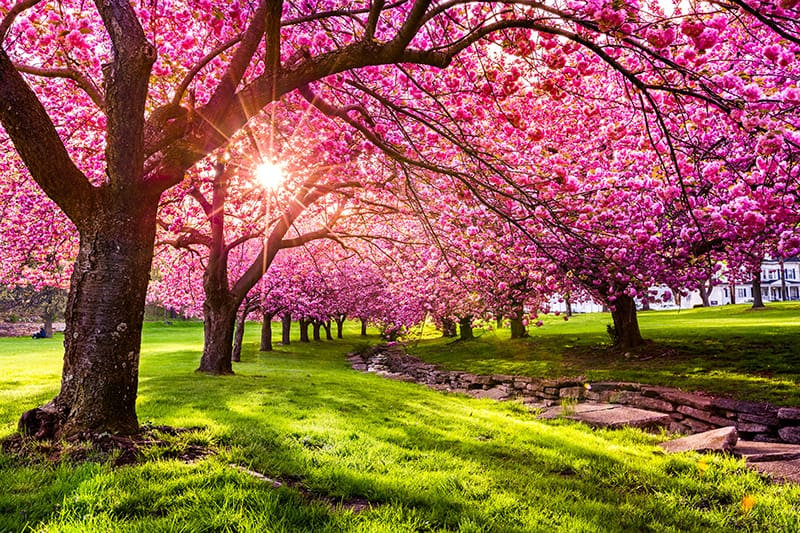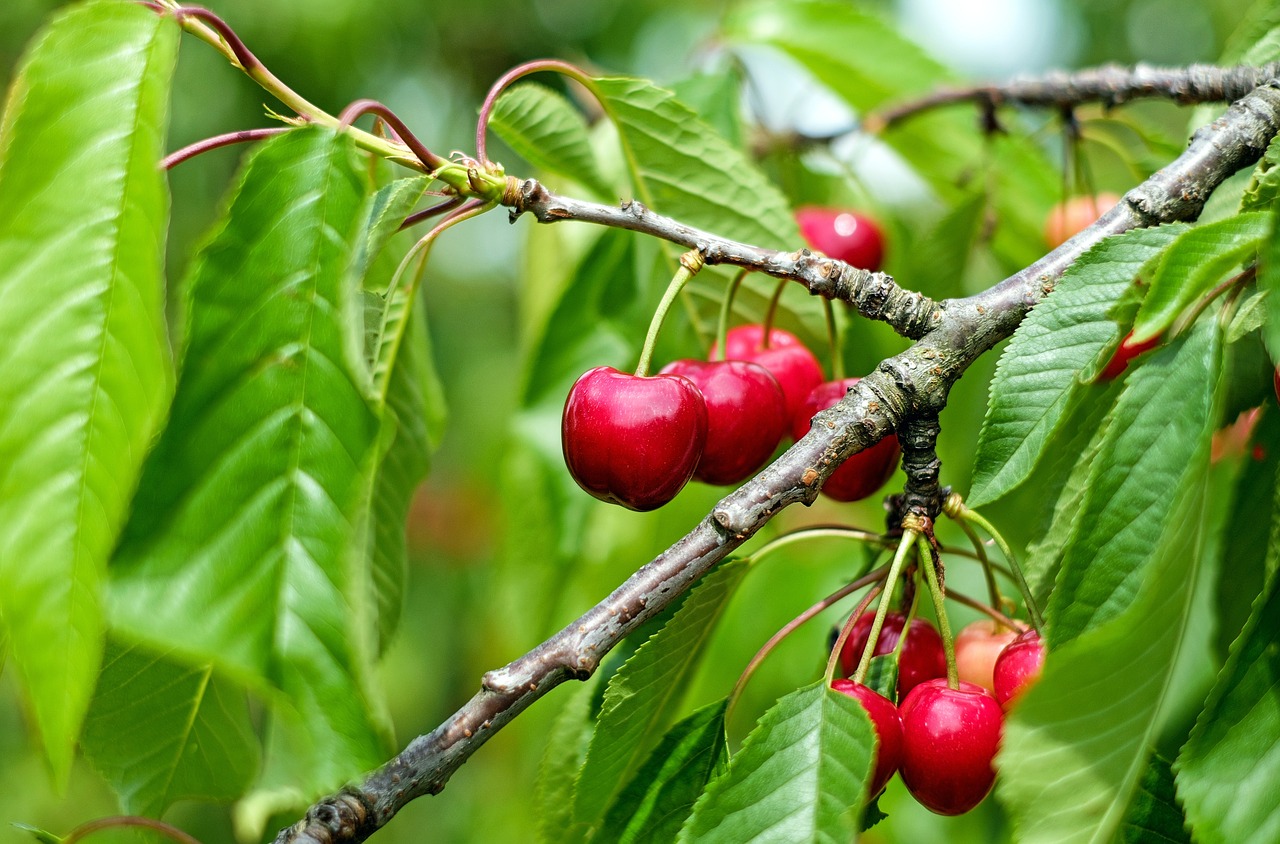Understanding the Life Cycle of Cherry Blossom Trees
Cherry blossom trees, renowned for their breathtaking beauty, undergo a fascinating life cycle that significantly impacts their growth and maximum height. To comprehend how tall do cherry blossom trees grow, it’s essential to delve into their development stages, from seedling to maturity. This understanding is crucial in determining their maximum height, as it allows tree care professionals and enthusiasts to provide optimal conditions for growth.
The life cycle of cherry blossom trees typically begins with seed germination, followed by the seedling stage, where the young tree develops its root system and grows its first set of leaves. As the tree matures, it enters the sapling stage, characterized by rapid growth and the development of its branching structure. During this stage, the tree’s height increases significantly, and its root system expands to support further growth.
As the tree reaches maturity, its growth rate slows, and it focuses its energy on producing flowers and fruit. This stage is critical in determining the tree’s maximum height, as it has reached its full potential and will continue to thrive with proper care. By understanding the life cycle of cherry blossom trees, individuals can better appreciate the importance of providing optimal growing conditions, including adequate sunlight, water, and nutrients, to support healthy growth and maximize height.
The Average Height of Cherry Blossom Trees: What to Expect
When it comes to understanding how tall do cherry blossom trees grow, it’s essential to have a clear idea of their average height. On average, mature cherry blossom trees can reach heights ranging from 15 to 30 feet (4.5 to 9 meters), with some varieties growing taller than others. Factors such as climate, soil, and pruning practices significantly influence the growth of cherry blossom trees, ultimately affecting their maximum height.
In regions with mild winters and warm summers, cherry blossom trees tend to grow taller, as they are able to thrive in these conditions. Conversely, trees growing in areas with harsh winters or poor soil quality may not reach their full potential height. Pruning practices also play a crucial role in shaping the tree’s height, as regular pruning can help control the tree’s growth and promote a more compact shape.
By understanding the average height of cherry blossom trees and the factors that influence their growth, individuals can better appreciate the importance of providing optimal growing conditions to support healthy growth and maximize height. Whether you’re a seasoned gardener or a beginner, knowing what to expect from your cherry blossom tree can help you make informed decisions about its care and maintenance.
How to Optimize Cherry Blossom Tree Growth for Maximum Height
To achieve optimal growth and maximize the height of cherry blossom trees, it’s essential to create an ideal environment that meets their specific needs. By understanding how tall do cherry blossom trees grow, individuals can tailor their care and maintenance strategies to support healthy growth and development.
Soil preparation is a critical aspect of cherry blossom tree care. The trees thrive in well-draining soil with a pH between 6.0 and 6.5. Adding organic matter such as compost or manure can help improve soil structure and fertility, promoting healthy root growth and development. Additionally, cherry blossom trees require adequate watering, especially during their first year of growth. However, it’s essential to avoid over-watering, which can lead to root rot and other problems.
Fertilization is another crucial factor in optimizing cherry blossom tree growth. A balanced fertilizer applied in early spring can provide the necessary nutrients for healthy growth and development. It’s also important to prune cherry blossom trees regularly to promote a strong, central leader and encourage a balanced canopy. This not only enhances the tree’s aesthetic appeal but also helps to control its height and promote healthy growth.
By providing optimal growing conditions, including suitable soil, adequate watering, and regular fertilization and pruning, individuals can create an ideal environment for cherry blossom trees to thrive. This, in turn, can help to maximize their height and promote healthy growth and development. Whether you’re a seasoned gardener or a beginner, understanding how to optimize cherry blossom tree growth can help you achieve the best possible results.
The Role of Pruning in Shaping Cherry Blossom Tree Height
Pruning is a crucial aspect of cherry blossom tree care, playing a significant role in controlling the height of these beautiful trees. By understanding how to prune cherry blossom trees effectively, individuals can promote healthy growth, encourage a strong structure, and ultimately, influence how tall do cherry blossom trees grow.
Pruning serves several purposes, including removing dead or diseased branches, promoting air circulation, and shaping the tree’s overall structure. When it comes to controlling height, pruning can help to reduce the tree’s vertical growth, encouraging a more compact or spreading shape. This is particularly important for cherry blossom trees grown in small spaces or urban areas, where height may be a concern.
There are several pruning techniques that can be employed to control the height of cherry blossom trees. One popular method is to prune the tree’s leader, or central stem, to encourage a more bushy shape. This can be achieved by cutting the leader back to a lateral branch, promoting the growth of multiple stems. Another technique is to prune the tree’s roots, which can help to reduce its overall height and promote a more compact shape.
In addition to controlling height, pruning can also help to promote healthy growth and development in cherry blossom trees. By removing dead or diseased branches, individuals can prevent the spread of disease and encourage the growth of new, healthy tissue. Regular pruning can also help to improve the tree’s overall structure, reducing the risk of branch failure and promoting a more balanced canopy.
By incorporating pruning into their cherry blossom tree care routine, individuals can promote healthy growth, control the tree’s height, and ultimately, achieve optimal results. Whether you’re a seasoned gardener or a beginner, understanding the role of pruning in shaping cherry blossom tree height can help you unlock the full potential of these beautiful trees.
Factors Affecting Cherry Blossom Tree Height: Climate, Soil, and More
When it comes to understanding how tall do cherry blossom trees grow, it’s essential to consider the external factors that impact their height. Climate, soil type, and sunlight exposure are just a few of the key factors that can influence the growth and development of these beautiful trees.
Climate plays a significant role in determining the height of cherry blossom trees. Trees grown in regions with mild winters and cool summers tend to grow taller than those grown in areas with extreme temperatures. This is because cherry blossom trees thrive in temperate climates, where they can experience a period of dormancy during the winter months. In contrast, trees grown in areas with harsh winters or hot summers may experience stunted growth, resulting in shorter trees.
Soil type is another critical factor that can impact cherry blossom tree height. Trees grown in well-draining soil with a pH between 6.0 and 6.5 tend to grow taller and healthier than those grown in poor soil conditions. This is because cherry blossom trees require a specific range of nutrients and moisture levels to thrive. Soil that is too acidic or alkaline can hinder growth, leading to shorter trees.
Sunlight exposure is also essential for promoting healthy growth and development in cherry blossom trees. Trees grown in full sun tend to grow taller and more robust than those grown in partial shade. This is because sunlight provides the energy necessary for photosynthesis, which is essential for growth and development.
In addition to climate, soil, and sunlight, other factors can impact cherry blossom tree height. These include pruning practices, watering, and fertilization. By understanding the role of these factors, individuals can create an ideal environment for their cherry blossom trees to grow, ultimately influencing how tall they grow.
By considering the external factors that impact cherry blossom tree height, individuals can take a holistic approach to growing these beautiful trees. By providing optimal growing conditions, including a suitable climate, well-draining soil, and adequate sunlight, individuals can promote healthy growth and development, ultimately achieving the maximum height potential of their cherry blossom trees.
Cherry Blossom Tree Varieties: Which Ones Grow the Tallest?
With over 1,000 known varieties of cherry blossom trees, it’s no wonder that some grow taller than others. Understanding the unique characteristics, growth habits, and maximum heights of popular cherry blossom tree varieties can help individuals choose the right tree for their specific needs and environment.
One of the most popular varieties is the ‘Kwanzan’ cherry blossom tree, which can grow up to 30 feet tall. Known for its stunning pink flowers and upright growth habit, the ‘Kwanzan’ is a favorite among gardeners and landscapers. Another popular variety is the ‘Yoshino’ cherry blossom tree, which can grow up to 25 feet tall. With its delicate white flowers and spreading growth habit, the ‘Yoshino’ is a beautiful addition to any landscape.
The ‘Shidare Yoshino’ cherry blossom tree is another popular variety, known for its weeping growth habit and stunning white flowers. This variety can grow up to 20 feet tall, making it a great choice for smaller spaces. The ‘Pink Perfume’ cherry blossom tree is another popular variety, known for its vibrant pink flowers and compact growth habit. This variety can grow up to 15 feet tall, making it a great choice for urban gardens and small landscapes.
When it comes to growing cherry blossom trees, understanding the specific needs and characteristics of each variety is crucial. By choosing a variety that is well-suited to the local climate, soil, and available space, individuals can promote healthy growth and development, ultimately influencing how tall do cherry blossom trees grow. Whether you’re a seasoned gardener or a beginner, understanding the unique characteristics of popular cherry blossom tree varieties can help you make informed decisions and achieve optimal results.
By considering the unique characteristics, growth habits, and maximum heights of popular cherry blossom tree varieties, individuals can create a stunning and thriving landscape. Whether you’re looking for a tall, stately tree or a compact, flowering shrub, there’s a cherry blossom tree variety to suit your needs. By choosing the right variety and providing optimal care, individuals can unlock the full potential of these beautiful trees and enjoy their stunning beauty for years to come.
Common Mistakes to Avoid When Growing Cherry Blossom Trees
While cherry blossom trees can be a stunning addition to any landscape, they do require proper care and attention to thrive. Unfortunately, many individuals make common mistakes that can hinder cherry blossom tree growth, ultimately affecting how tall do cherry blossom trees grow. By understanding these common mistakes, individuals can take steps to avoid them and promote healthy growth and development.
One of the most common mistakes is over-watering. Cherry blossom trees prefer well-draining soil and can be susceptible to root rot if the soil is too moist. To avoid this, individuals should water their trees regularly, but avoid over-saturating the soil. Another common mistake is under-pruning. Pruning is essential for controlling the shape and size of cherry blossom trees, as well as promoting healthy growth. Individuals should prune their trees regularly, removing any dead or damaged branches.
Inadequate soil preparation is another common mistake that can hinder cherry blossom tree growth. Cherry blossom trees prefer soil that is rich in nutrients and has a pH between 6.0 and 6.5. Individuals should test their soil regularly and amend it as necessary to ensure optimal growing conditions. Failure to provide adequate sunlight is another common mistake. Cherry blossom trees require full sun to partial shade, so individuals should choose a location that receives at least six hours of direct sunlight per day.
By avoiding these common mistakes, individuals can create an ideal environment for their cherry blossom trees to grow. This includes providing optimal growing conditions, pruning regularly, and avoiding over-watering and under-pruning. By taking these steps, individuals can promote healthy growth and development, ultimately influencing how tall do cherry blossom trees grow. With proper care and attention, cherry blossom trees can thrive and provide beauty and enjoyment for years to come.
Conclusion: Maximizing the Height of Your Cherry Blossom Tree
In conclusion, understanding the growth habits and requirements of cherry blossom trees is crucial in achieving optimal height. By providing proper care, pruning, and environmental conditions, individuals can promote healthy growth and development, ultimately influencing how tall do cherry blossom trees grow. From understanding the life cycle of cherry blossom trees to avoiding common mistakes, individuals can take steps to create an ideal environment for their trees to thrive.
By considering factors such as climate, soil type, and sunlight exposure, individuals can choose the right cherry blossom tree variety for their specific needs and environment. Additionally, by optimizing soil preparation, watering, and fertilization, individuals can create a nutrient-rich environment that supports healthy growth. Pruning and training the tree’s shape are also essential in controlling the height of cherry blossom trees and promoting a strong, sturdy structure.
By following the tips and advice outlined in this article, individuals can unlock the full potential of their cherry blossom trees, achieving optimal height and enjoying the beauty and benefits they provide. Whether you’re a seasoned gardener or a beginner, understanding how to care for cherry blossom trees is essential in maximizing their growth and development. With proper care and attention, cherry blossom trees can thrive, providing a stunning display of color and beauty for years to come.







